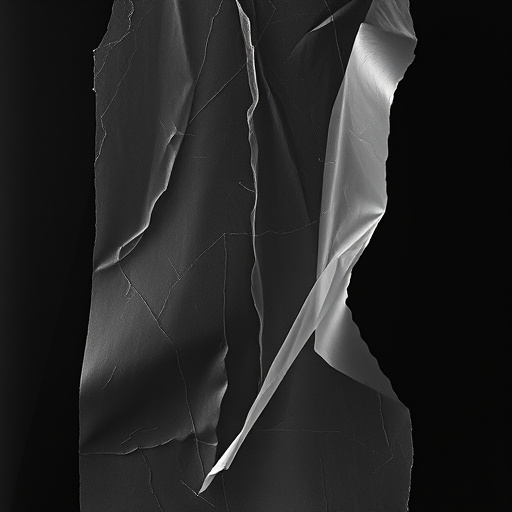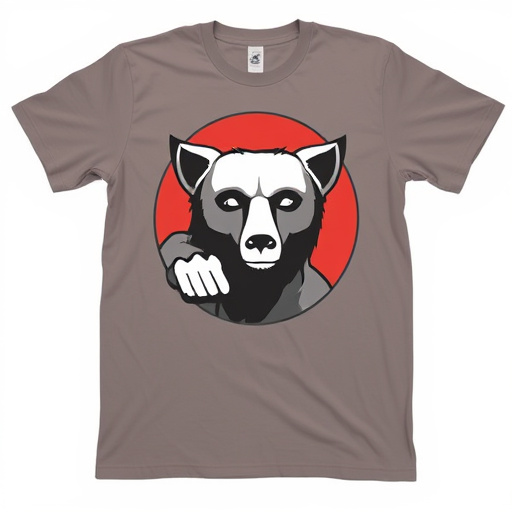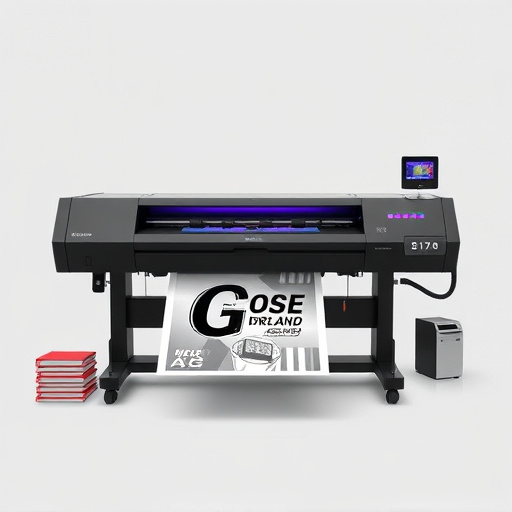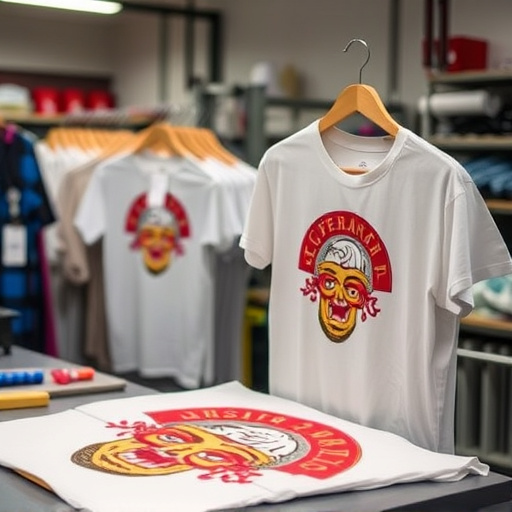The digital age has transformed printing, with Direct-to-Garment (DTF) technology leading the way in t-shirt and apparel production. Future trends highlight Fully Digital Printing (FDP) emerging to enhance DTF, offering on-demand printing, minimal waste, intricate design complexity, high resolution imaging, and swift order fulfillment. This digital revolution drives efficiency, responsiveness, and cost-effectiveness while catering to e-commerce's personalized product demands.
The print industry is undergoing a dramatic transformation with the rise of digital technology. As we peer into the future, it’s clear that DTF Future Trends are heavily skewed towards fully digital printing. This innovative approach promises unparalleled benefits, from enhanced efficiency and cost-effectiveness to almost limitless design possibilities. Let’s explore how digital transformation is revolutionizing the print industry and delve into the exciting trends shaping its digital future.
- Digital Transformation: Revolutionizing Print Industry
- Fully Digital Printing: Benefits and Advantages
- Future Outlook: Trends Shaping Print Sector Digitally
Digital Transformation: Revolutionizing Print Industry

The digital age has brought about a revolution in the printing industry, and the future trends in DTF (Direct-to-Garment) technology are no exception. Digital transformation is reshaping the way we create and produce printed materials, offering unprecedented levels of efficiency and creativity. With advancements in technology, the shift towards fully digital printing is gaining momentum, especially in sectors like t-shirt printing.
DTF for t-shirts and custom sheets for heat pressing designs onto garments have become game-changers, enabling businesses to streamline their production processes. The use of dtf heat transfer paper allows for intricate and high-quality designs, catering to the diverse needs of modern customers. This innovative approach not only enhances productivity but also opens up a world of possibilities for designers and entrepreneurs, fostering a vibrant and bustling creative landscape.
Fully Digital Printing: Benefits and Advantages

The rise of Fully Digital Printing (FDP) is a prominent trend shaping the future of Direct-to-Fabric (DTF) printing, as highlighted in DTF Future Trends reports. This technology offers numerous benefits over traditional methods, particularly for light fabric applications like T-shirts and other apparel. FDP’s digital nature allows for on-demand printing, eliminating the need for large minimum order quantities and reducing waste, making it an eco-friendly choice.
Furthermore, dtf printing for light fabrics enables intricate design complexity and high-resolution imaging. This precision results in vibrant, detailed prints that capture the essence of modern designs. The speed of FDP is another advantage, as it can produce orders promptly, catering to fast-paced fashion demands. With its versatility and cost-effectiveness, this technology promises to redefine dtf meaning and practices within the industry, ensuring a more efficient and responsive production process.
Future Outlook: Trends Shaping Print Sector Digitally
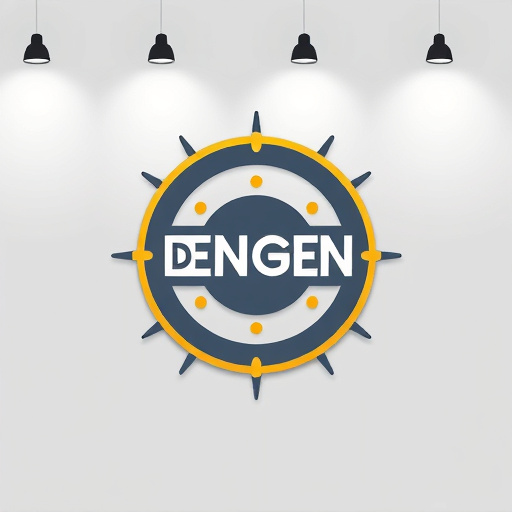
The DTF Future Trends are painting a clear picture: the print sector is undergoing a significant digital transformation. As technology evolves, businesses and enthusiasts alike are shifting towards fully digital printing methods, marking a substantial departure from traditional techniques. This shift is driven by several key trends that are reshaping the landscape of the industry.
One prominent trend is the increasing demand for on-demand printing services. With e-commerce booming, consumers now expect personalized, customizable products at their fingertips. DTF transfer sheets and heat press technology play a pivotal role in meeting this demand efficiently. These digital printing solutions enable rapid production runs, allowing businesses to cater to diverse customer preferences while minimizing waste and maximizing cost-effectiveness.
The digital transformation of the print industry, as highlighted by the latest DTF Future Trends, is undeniable. The shift towards fully digital printing offers numerous benefits, from enhanced efficiency and cost-effectiveness to vibrant, on-demand output. As we look ahead, several key trends—including improved color accuracy, integration with AR/VR, and sustainable practices—will continue to shape and revolutionize the digital print sector, making it a truly dynamic and innovative space.




